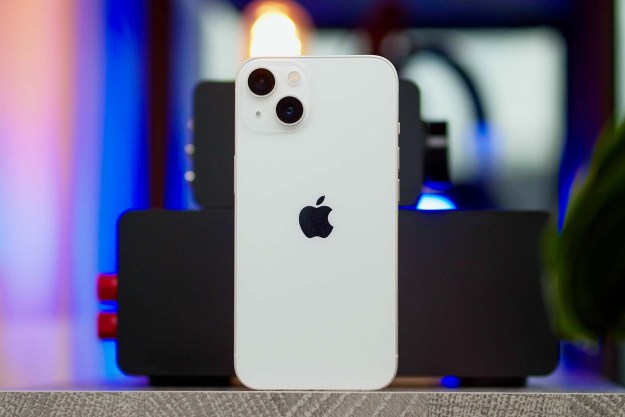Samsung closed its phone production factory in Huizhou, Guangdong, China, at the beginning of October, a fact that’s significant due to it being the last Samsung factory building phones in China at all. Experts have weighed in on why not every manufacturer will be able to stop working building devices in China, even if they want to.
The Huizhou factory closure follows Samsung’s decision to close its network equipment facility in Shenzhen at the end of 2018, and its other phone manufacturing plant in Tianjin soon afterward. The Huizhou factory had been operational since 1992 and at one point provided 6,000 jobs, and produced up to 63 million phones a year.
In June, a story published by the South China Morning Post said Samsung’s withdrawal from manufacturing in China could have serious consequences for other local companies. An analyst covering factory working conditions for the Institute of Contemporary Observation in China said, “Samsung is the world’s leading manufacturing enterprise. If its production is cut back or leaves the mainland completely, at least 100 factories in Guangdong are going to close down.”
Samsung apparently has no plans to stop selling phones in China, although it currently has a mere 1% market share, down from 20% in 2013, after failing to compete with local brands including Huawei and Xiaomi. Additionally, the China factories made Samsung phones for China, something it can still do through partnerships and contracts there.
Harder for others to achieve
Shifting production to Vietnam will, “boost efficiency,” and to “diversify risks,” according to Samsung, although there are question marks over whether the ongoing trade war between the U.S. and China is partly to blame for the closure. Google has recently moved its production from China to Vietnam, citing similar reasons, and there have been recent calls for Apple to cease manufacturing in China.
State-owned publication China Daily published an editorial comment saying Samsung’s decision was not driven by the trade war, and that Samsung was attracted by lower labor costs outside China for its assembly tasks. Apple, it argues, will not do the same due to its mature supply chain and the impact a move would have on it and the company’s ability to innovate.
This is backed up by an expert advising companies on working in China, who said Apple and other companies that work with contract manufacturers, have spent years training and educating workers there. This makes it unrealistic to quickly shift production elsewhere, he told the Financial Times.
Samsung now makes 60% of its phones in Vietnam, and is in the process building a massive new factory in India. The Financial Times report says wages in China can be twice that of those for comparable jobs in Vietnam, and many times the amount paid in India.




